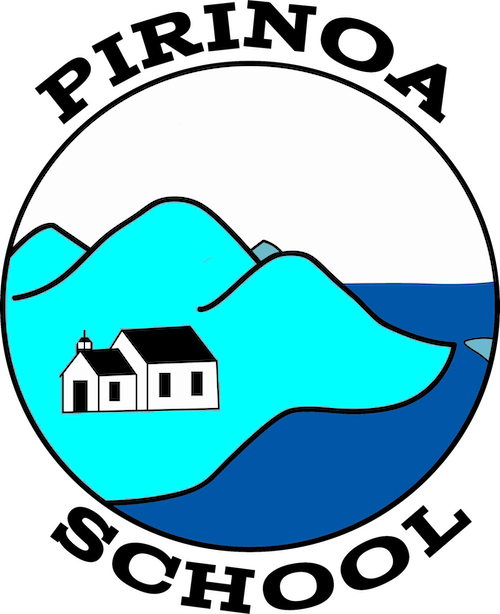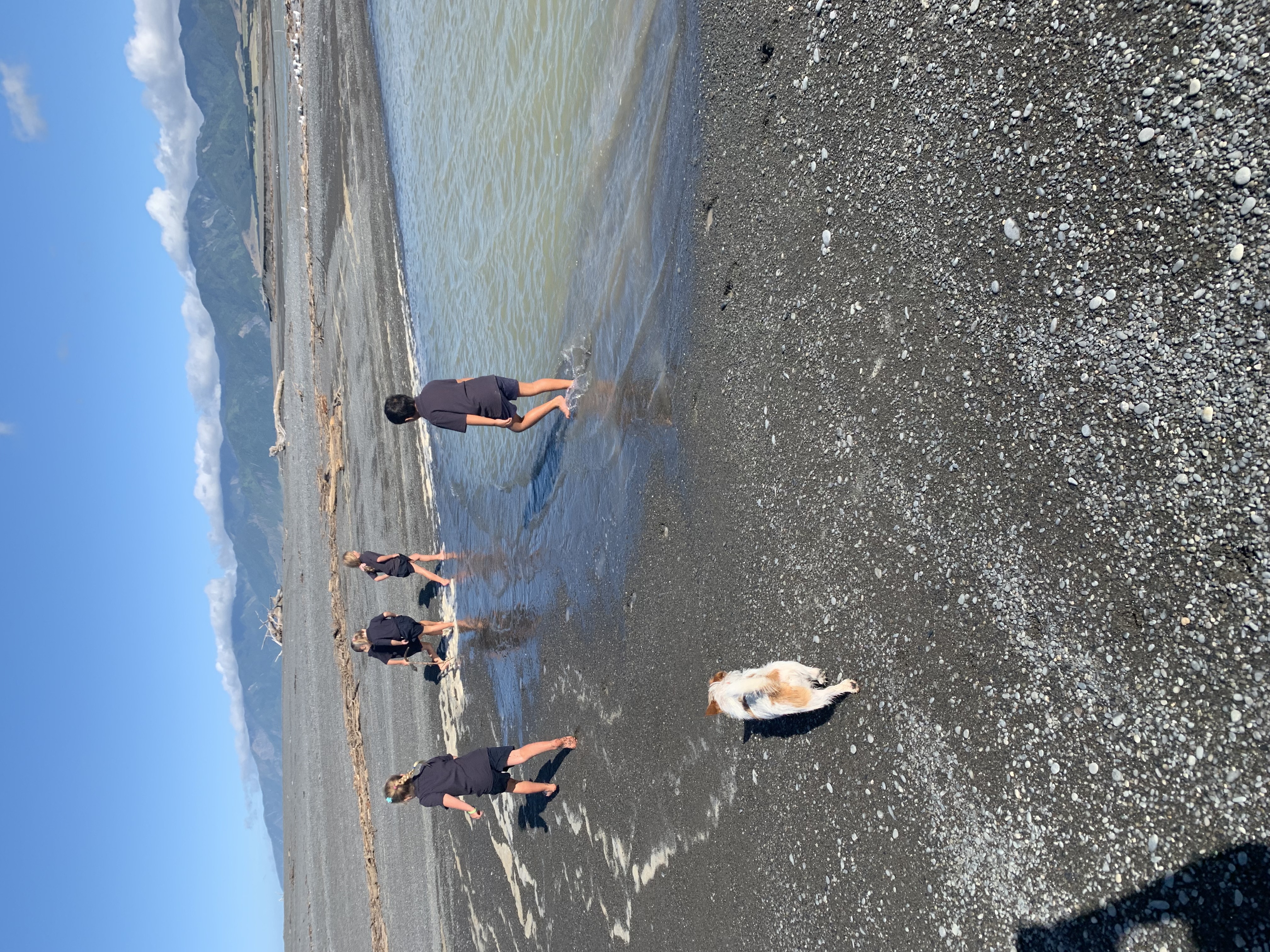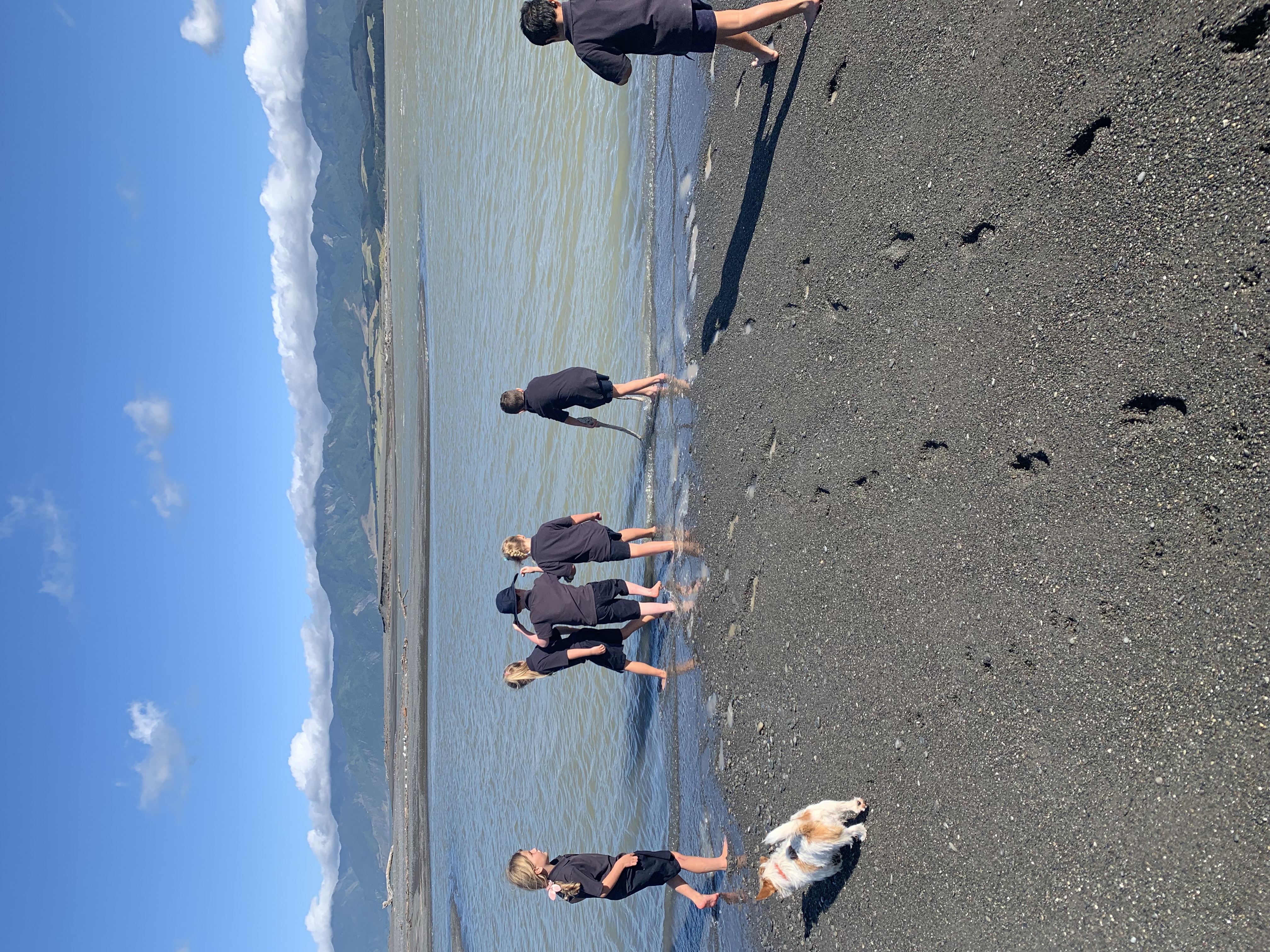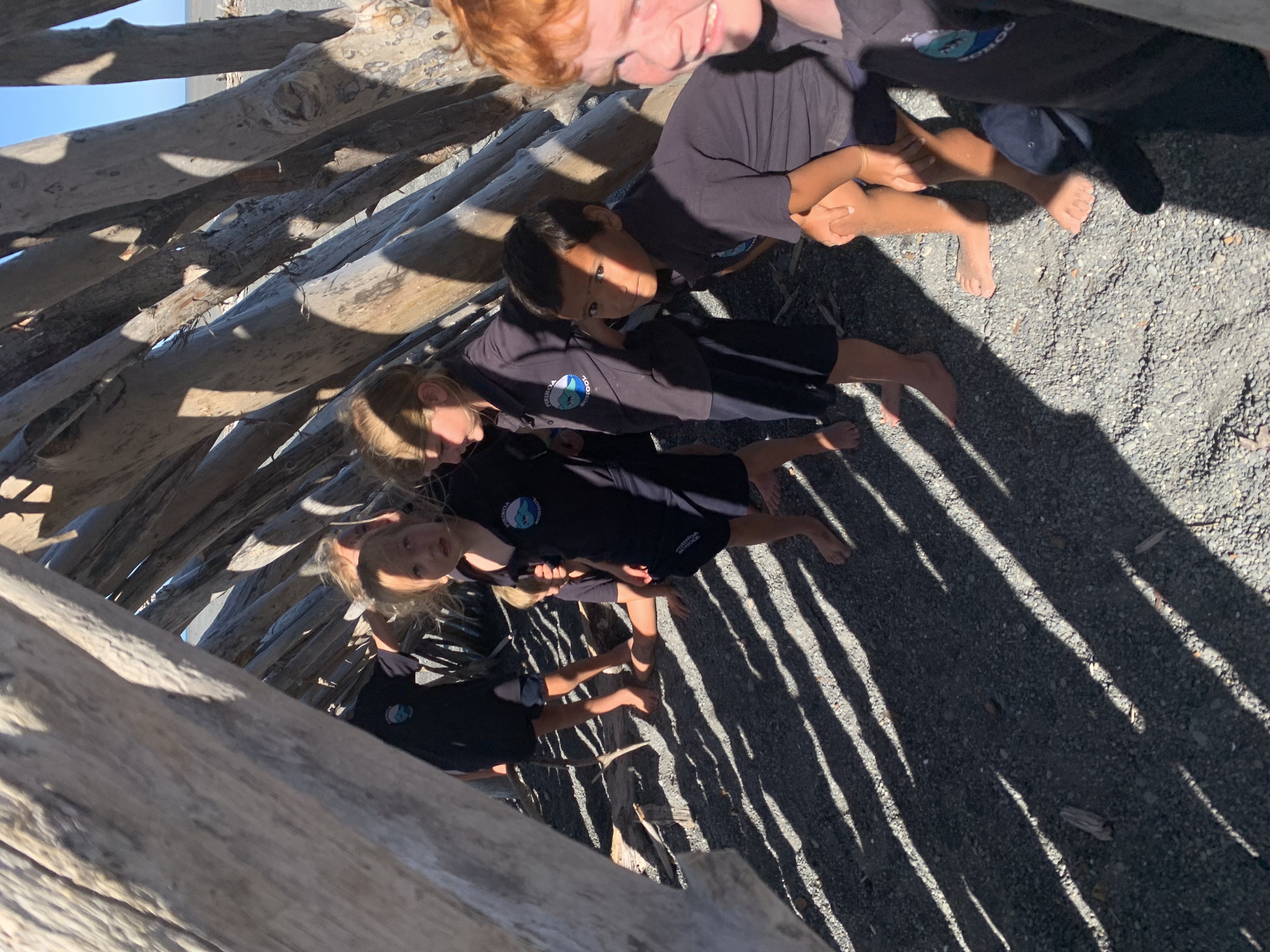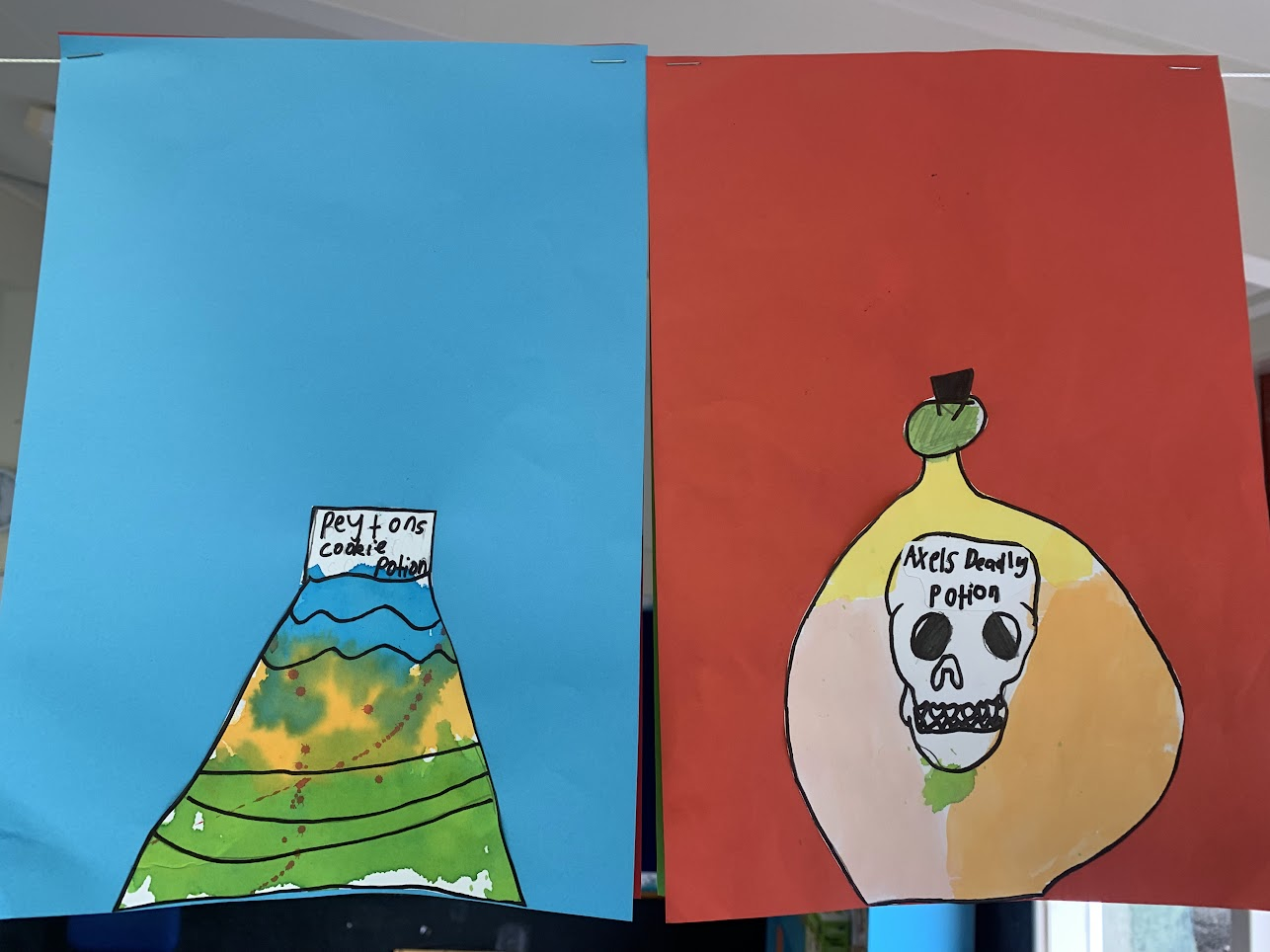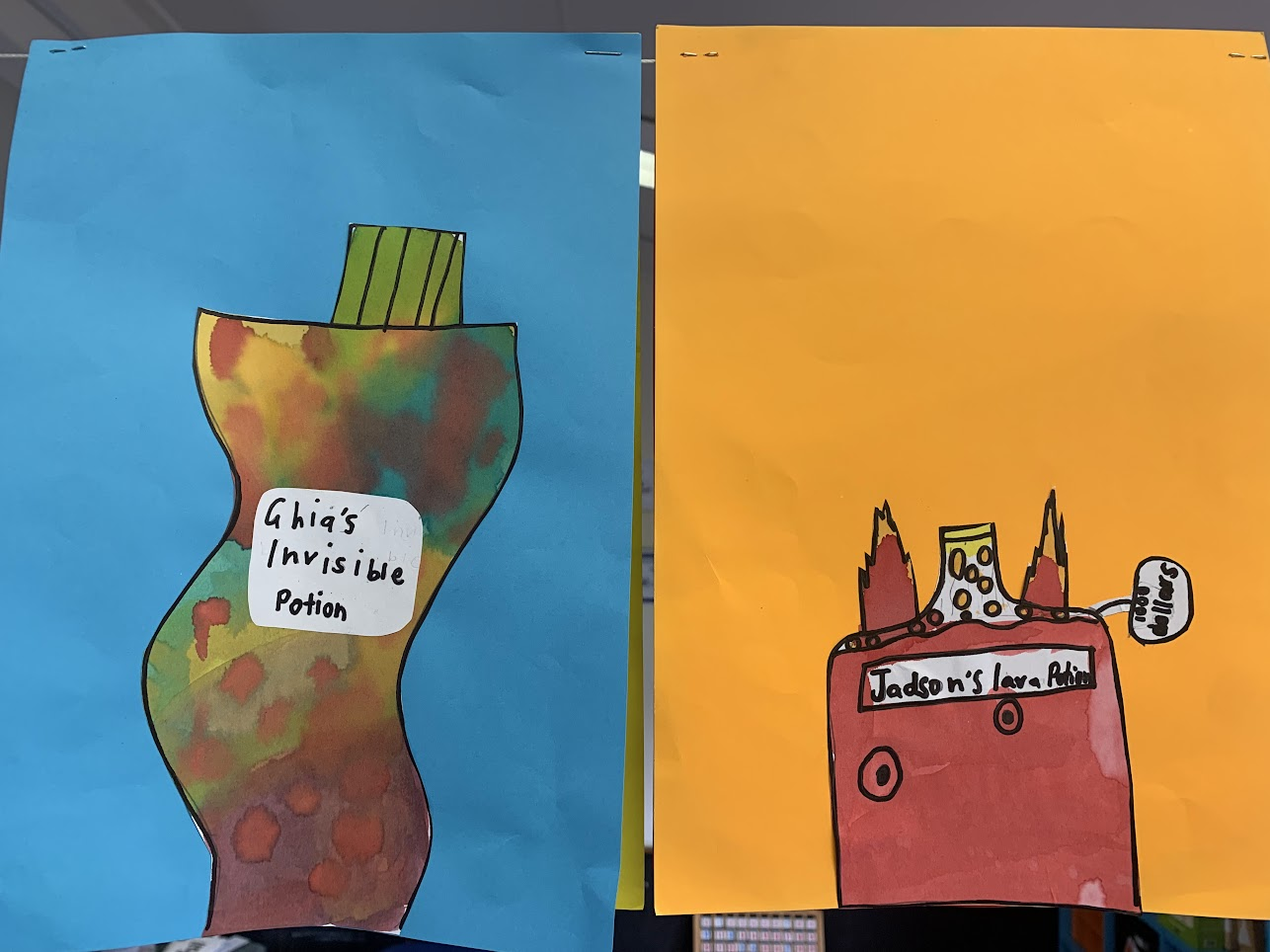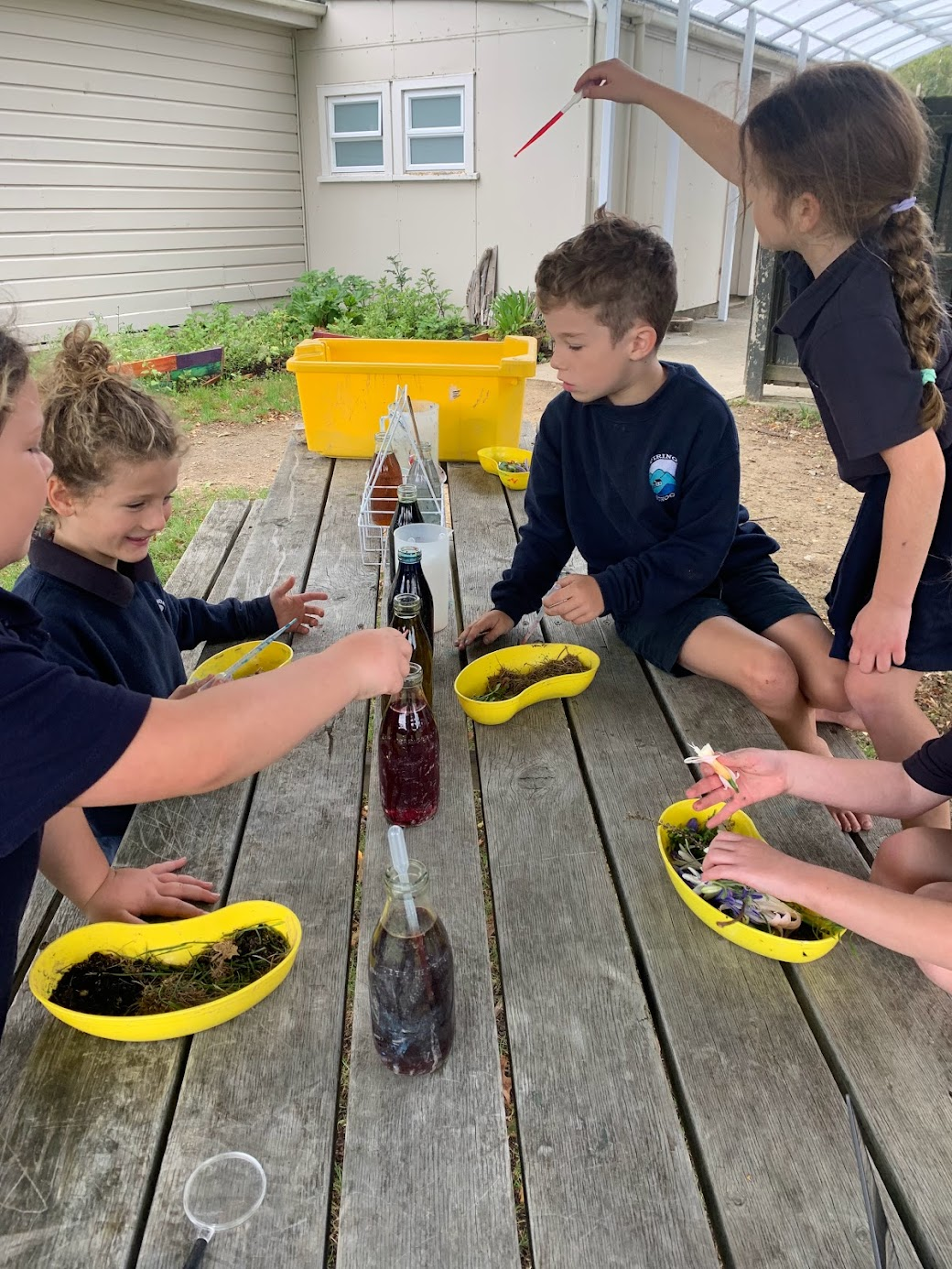For the last few weeks, Room 3 have been working very hard to write a biographical essay about an important New Zealander who made a difference to our society in some way. We had a huge range of essays written about many different people, from Sir Peter Jackson (director) to Akenehi Hei (the first Māori nurse in NZ) to Apirana Ngata to Dame Kate Sheppard and everything in between. Their essays are pretty incredible, so feel free to come and read them on the wall in Room 3.
Charles Upham was a New Zealand soldier.
Charles Upham was born in Christchurch September 21 1908, to John Hazlitt Upham and Agatha Mary Coates. His Dad was a lawyer.
Charles Upham went to Waihi School and Christ College. He was a quiet kid who stood up to bullies. After college he went to Canterbury Agricultural College and earned a degree in agriculture. Not long after he became a farmer. For six more years he worked on a high country sheep station in Canterbury.
He became engaged to Mary Molly Eileen McTamney. They had three daughters and lived on a farm on Conway Flat, Hundalee, North Canterbury.
Soon after World War 2 broke out, at the age of 30, Charles joined the war in September 1930. He was part of the 2nd New Zealand Expeditionary Force (NZEF). He had five years experience with the New Zealand Army Territorial Force where he was a sergeant. When Charles joined the NZEF, he was a private. He was promoted to temporary lance corporal. In December, he was promoted to Sergeant. A week later, they sailed to Egypt.
In March, 1941 Charles and his soldiers went to Greece. Then, they left Greece and went to Crete. While he was fighting in Crete he was hurt in a battle that happened from 22nd May to 30th May, 1941. That gained him his first Victoria’s Cross Medal. When he was told of the award he said “it’s meant for the men.”
During this battle (Maleme), Charles and his team fought his way forward for 3000 yards, unsupported by other arms. He had a pistol and some grenades. He helped to carry wounded soldiers out of the battlefield. In the days that followed, he was blown twice by mortar shells which left a piece of shrapnel in his left shoulder, which he ignored. Then, he was shot in the foot which he removed in Egypt later on.
On the 25th of May, Charles and his platoon were fighting under heavy mortar and machine-gun fire. They killed over 40 with fire and grenades which forced the remaining Germans to fall back. His platoon was ordered to retire so he sent them back but Charles went to warn other troops that they were being cut off.
Charles came out by himself and was shot at by two Germans. He fell and pretended to be dead. He rested his gun in the fork of a tree because he could only use one arm. Then he shot the German soldiers when they came forwards.
Charles went back to Egypt where he took the bullet out of his foot. He was promoted to Captain. He was awarded a bar for his Victoria’s Cross for his actions in July 1942 when he was fighting at El Alamein.
In July, 1942 Charles was leading a new platoon of men to fight in El Ruweisat Ridge. He was trying to attack the left flank. During the fight he destroyed a german tank and several guns with grenades. He was shot through the elbow by a machine gun and had his arm broken. He went forward to bring some of his men. After this, he was taken to the Aid Post where his wounds were bandaged. Then he went back to his men and fought again. He was shot again and was not able to move. His platoon only had six survivors and they were all captured.
He is the only fighting soldier to be awarded with a Victoria’s Cross and Bar.
In 1953, Charles was awarded the Queen Elizabeth II Coronation Medal. In 1992, he was awarded with an Order of Honour by the Government of Greece. There is a statue of Charles outside the Hurunui District Council buildings in Amberley.
He returned to New Zealand and the community raised $10,000 for him to buy a farm but he didn’t want this money. He donated to a scholarship for children of servicemen to attend Lincoln University.
He bought a farm on Conway Flat, North Canterbury. He did not allow German machinery or cars onto his property. Charles and Molly lived on this farm until January, 1944 when he was too sick to live there. He retired to Christchurch.
Charles died in Canterbury on the 22nd November 1994. He is buried in the graveyard of St Paul’s Church, Papanui.
